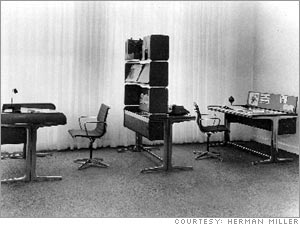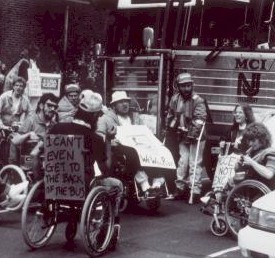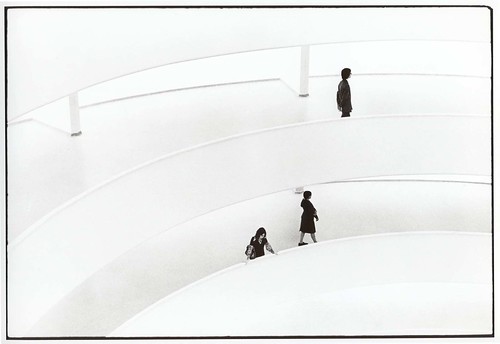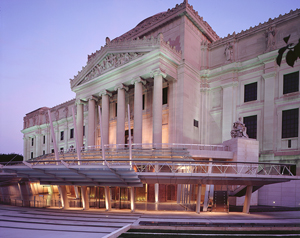
Image: Fiskars Rotary Cutter and Softtouch Scissors, designed by a team led by Jim Boda and Doug Birkholz, now of Inspire Design (image via Inspire).
I just had a nice chat with Jim Boda, who was head of R&D at Fiskars' US division in the early 90s when they developed Softtouch Scissors. Originally called the "Golden Series," the scissors were developed with the goal of making cutting easier for older users and people with manual disabilities. A spring in the scissors helps them open automatically, saving the effort and eventual discomfort of opening after each cut, while the innovative offset handles and straight bottom edge let you rest them on the table during use. Focus group feedback indicated that they would be useful and appealing to a broad range of users, and the new name reflected this comfort and ease. I see these every time I go to the fabric shop, as all the fabric measure/cutters use them.
Jim commented that, when it comes to designing tools/products, "one of the things that you really want to do is separate yourself—a lot of things can be intuitive, but in watching other people use products I find they really use them differently. We could design intuitively, based on own experiences, but when we get it wrong it's usually because of arrogance. Especially when it comes to the human body... we are all made up of different parts and use them in different ways." Thanks, Jim. He also mentioned that the US division was the first to really bring product innovation to the company-- with total market dominance in Finland, the home company didn't really understand the need-- and that US R&D helped the Finnish and British divisions set up their own design/R&D teams in the 90s. Interesting trans-Atlantic business story.

















